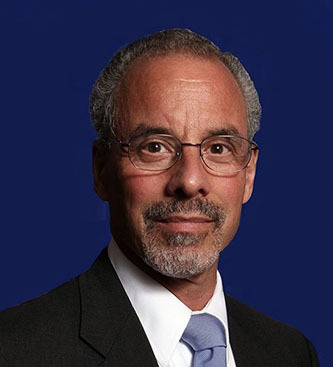Professor David Bloomfield Recognized as an Education Leader in City & State
February 2, 2021

Professor David Bloomfield
The expert on educational leadership, law, and policy weighs in on some of the unprecedented challenges facing New York City schools.
David Bloomfield is regularly sought after from news organizations locally and nationally for his expertise on education law, school district management, school reform, and legislative matters. A professor of educational leadership, law, and policy at Brooklyn College, he was just recognized in City & State as one of the “100 Most Powerful Education Leaders” in New York for the second straight year.
The 2021 Education Power 100 can be read here. Bloomfield is No. 36.
What do you think is the biggest challenge facing New York City public schools?
The biggest challenge is pervasive inequality intersecting across race, ethnicity, gender, and wealth. According to a recent study by the Center for New York City Affairs, fully half of all schools in the city—869 schools serving more than 400,000 students—have higher than 90 percent black and Hispanic students. This intense segregation is magnified in screened middle and high schools, elementary gifted and talented programs, special education and bilingual education, availability of school sports, and more.
What is the best advice you can give the NYC schools chancellor?
While mayoral control encourages chancellors to go big, the system is too complex to manage from the top. Trust school leaders, trust teachers, who know their kids. Ours is the largest school system in the country, more than twice the size of Los Angeles at No. 2—one million students; more than 100,000 educators; more than 1,700 schools; countless parents, grandparents, and other caregivers with great income, language, and geographic diversity. Almost one in five students requires special education services. One in 10 students is home insecure. Policies need to be tailored and targeted. That's why we need a chancellor who knows the city, knows the system.
What are your thoughts on hybrid as opposed to in-person or online learning?
Remote learning obviously presents great technological challenges, increasing the wealth divide in accessing online instruction. Then there are obvious distractions and the variability of home supervision. Teachers have received relatively little formal training in online teaching methods. So almost everything about remote instruction is alien to teachers, students, and families. We’re doing our best in a nearly impossible situation, but there’s no question that almost everybody is marking time until face-to-face, full-time schooling comes back.
What measures do you feel are the most important to take to allow children to return to public schools safely?
Educator and staff unions need to work with members to establish clear, scientifically based conditions for a return to live instruction. That’s just a fact of organizational life in such a large system, which is why it’s been easier for many private schools and charter schools to be more agile in adjusting to the pandemic. As a critical mass of instructors can be convinced to incrementally return to schools, probably based on the age of the students, we can start to return to normal. That’s what’s happening now, and with increased knowledge and vaccinations, will accelerate toward a full reopening, I hope in the fall.






